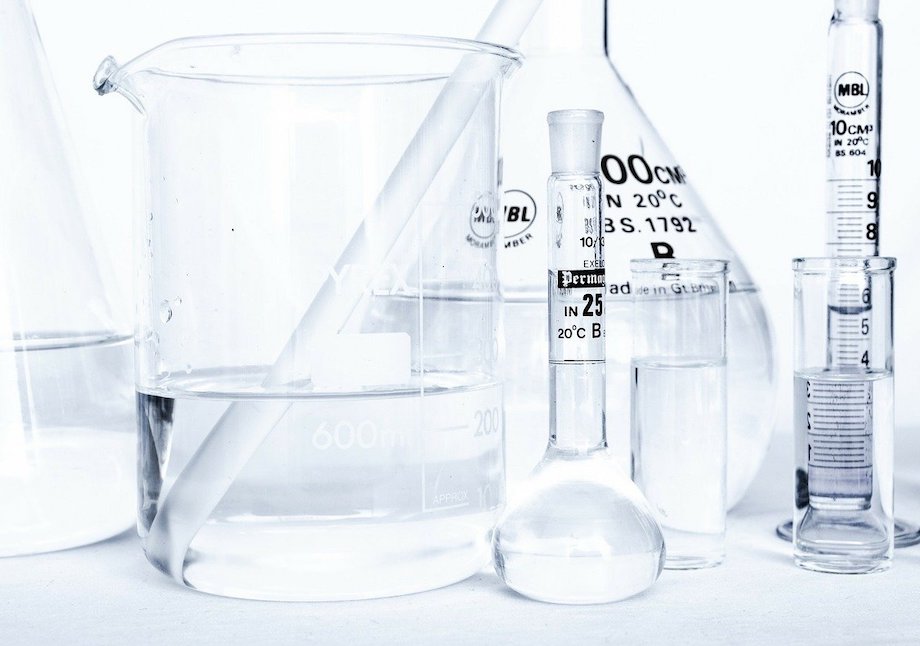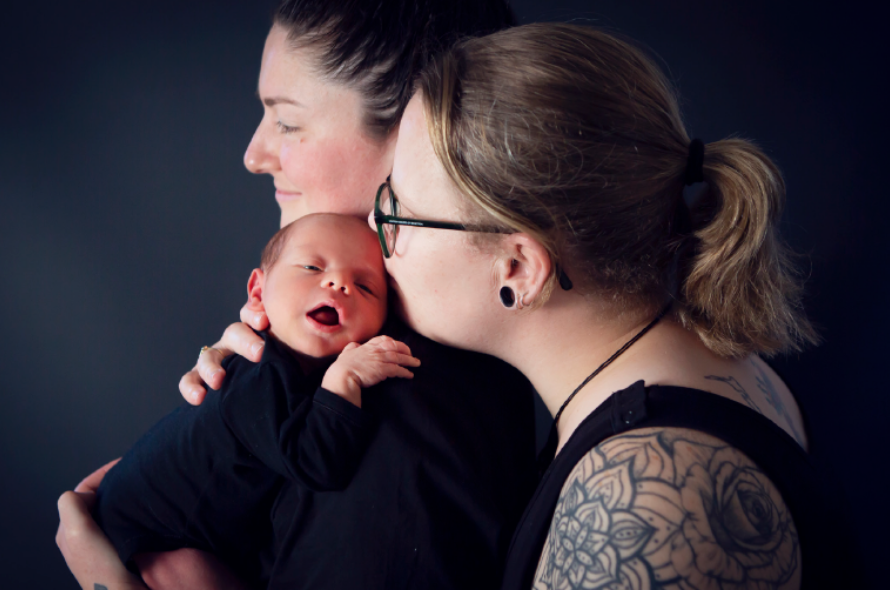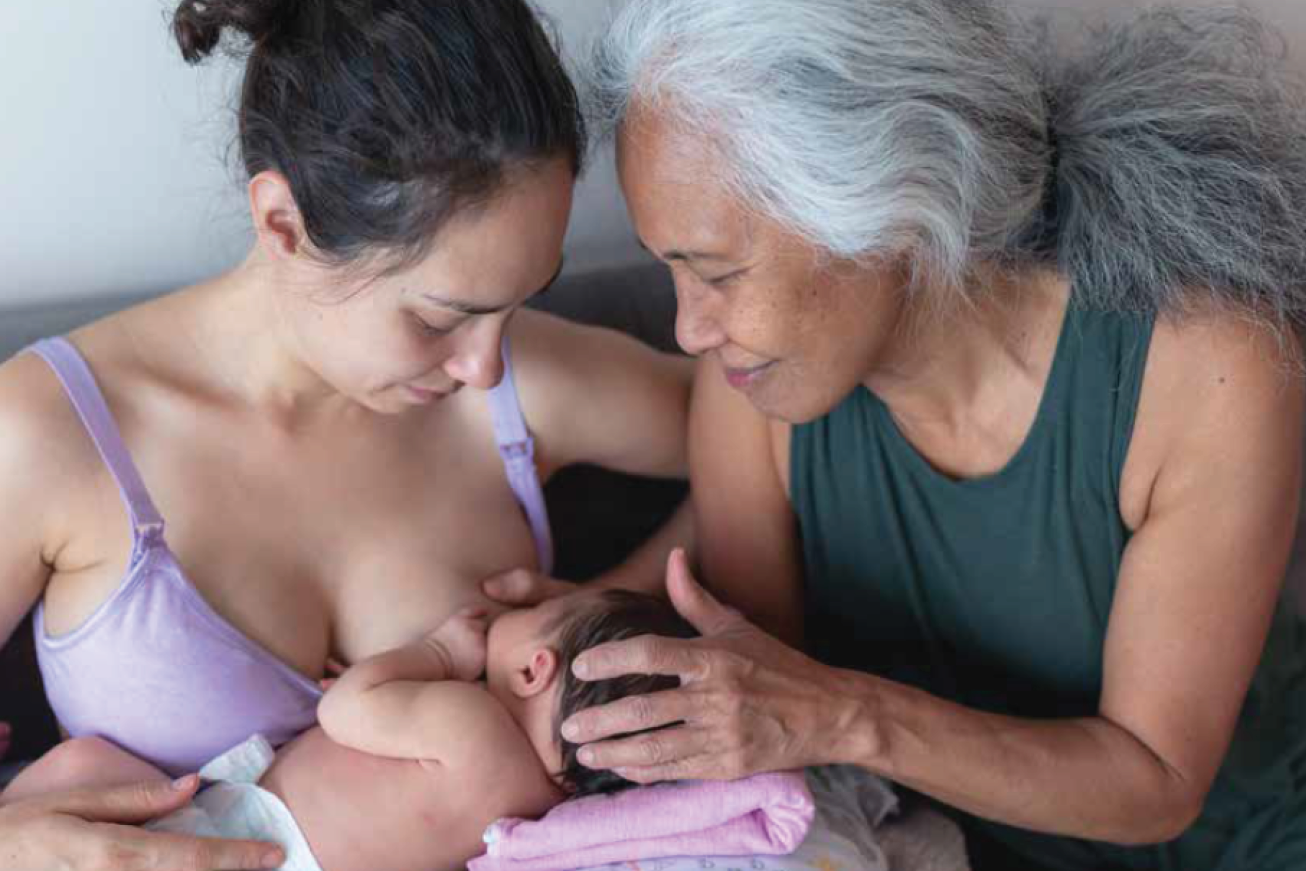
Potential hazards in the environment are of particular concern in early pregnancy when your baby’s major organs and body systems are developing rapidly.
Contact with chemicals
It is almost impossible to avoid all contact with chemicals in daily life, but you can try to minimize your exposure to them.
In your home
Avoid inhaling vapours from petrol, glue, cleaning fluids, volatile paints, household aerosols and oven cleaners. Read the labels on any chemicals that you are thinking of using and if you are unsure about safety, don’t use them. If you are stripping old paint and redecorating your house, keep the rooms well ventilated. If you think that the paint you are removing is so old it may contain lead, delegate the decorating to someone else.
In the workplace
A wide variety of solvents used in manufacturing industries can be the cause of problems to pregnant women who are overly exposed to them during their work. Fat-soluble organic solvents found in paints, pesticides, adhesives, lacquers and cleaning agents, can cross the placenta and inhaling these compounds may lead to complications.
Women at risk are those working in factories, dry cleaners, pharmacies, laboratories, garages, funeral parlours, carpentry workshops and artists’ studios, to name but a few. However, a recent study concluded that potential damage can be avoided if employers provide well-ventilated working premises and pregnant women are vigilant about wearing protective clothing and avoiding fume-filled areas.
One last point about chemicals; if your partner uses any of the above chemicals and/or vinyl chloride (found in plaster) in his work, avoid handling his overalls while you are pregnant. The same applies to clothes contaminated by pesticides.
X-rays
Large doses of ionizing radiation are known to cause problems in the fetus, and as a result, doctors are rightly concerned about the potential problems of X-rays during pregnancy. However, it is important to know that modern X-ray machines emit much less radiation than they used to and focus much more accurately on the part of the body being investigated.
The only risk of fetal abnormality would occur if you had undergone a series of abdominal or pelvic X-rays (a least eight) before week eight of pregnancy, and even then, the risk is only 0.1 per cent (one in 1,000 cases). A single chest or abdominal X-ray will cause no harm so even if you unwittingly had one when you were pregnant, rest assured that it will not have damaged your baby.
The other point to mention is that there are some problems in pregnancy that really do need to be investigated with X-rays. If this proves to be the case, it is highly unlikely that they will cause harm.
If you work in a hospital you will be required to wear a protective lead jacket whenever you are in contact with X-rays. Female radiographers are usually moved to other duties in their department while pregnant, although the risks to their baby are negligible because of the strict safety rules that apply at all times.
Video Display Terminals
Even if your job demands that you work in front of a VDT screen for long periods of time each day, your baby is not at risk. Similarly, equipment that produces ultraviolet and infrared radiation, such as laser printers and photocopiers (and the microwave in the kitchen), is safe to use in pregnancy. There is also nothing to support the allegation that miscarriage and pregnancy problems are more common in women who live near electrical substations, electromagnetic fields, radio stations and telephone masts.
Ultrasounds
If you have any questions or concerns regarding the safety of ultrasound please discuss these with your Lead Maternity Carer.





